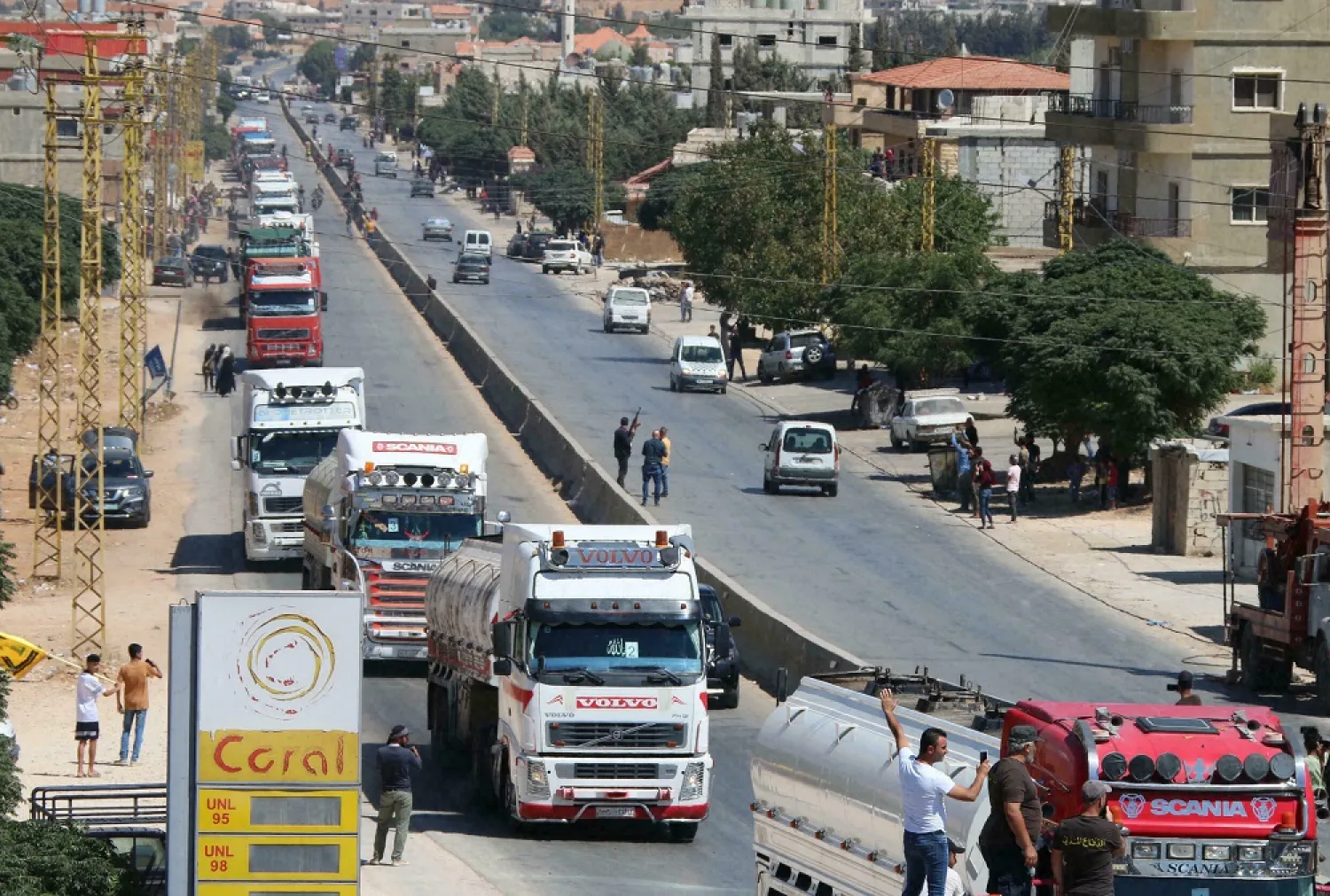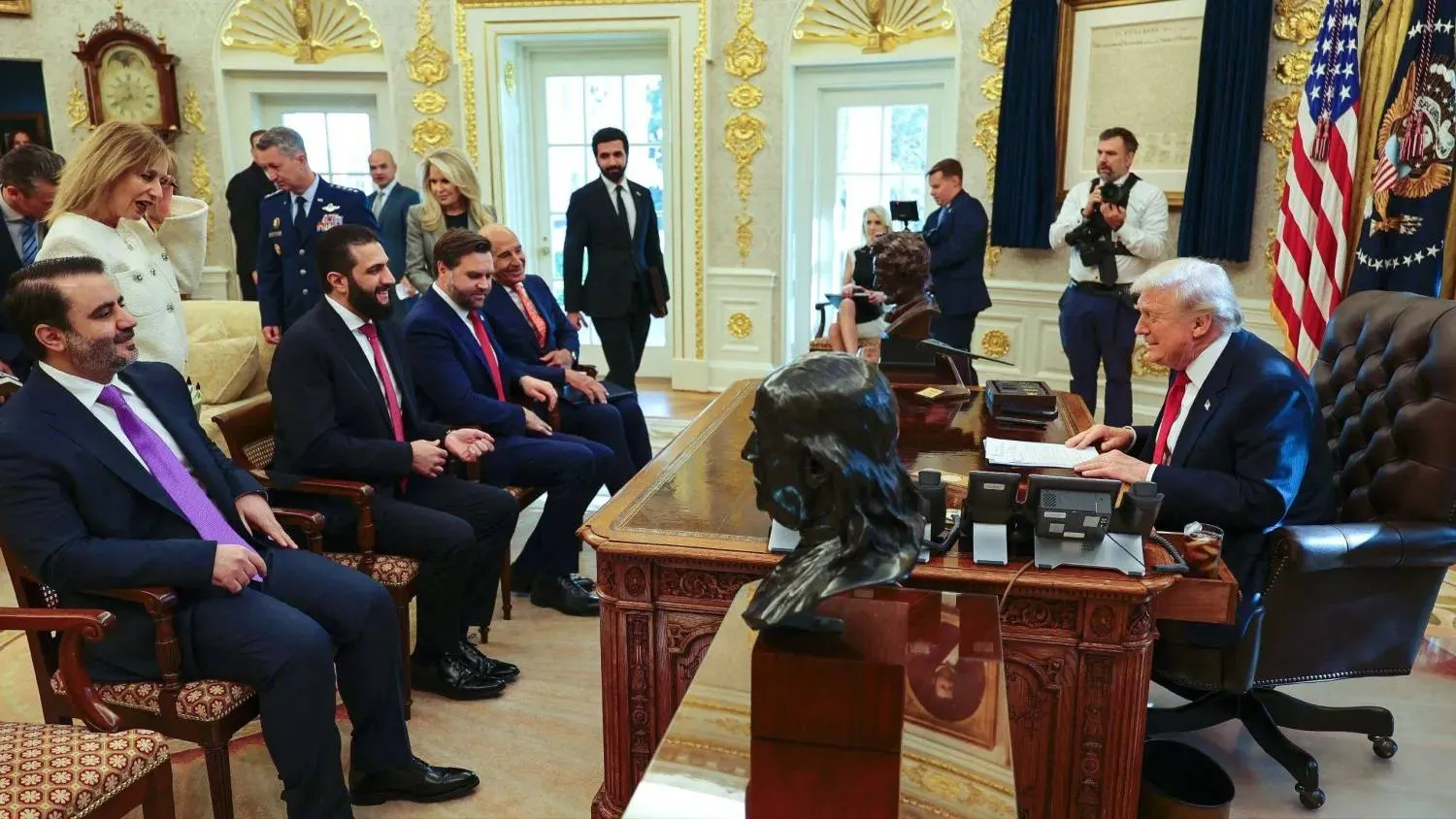After months of speculation over the trajectory of Egyptian-US relations, fueled by persistent talk of strain and an impending rift, a high-level meeting between President Donald Trump and President Abdel Fattah al-Sisi in Sharm el-Sheikh reaffirmed the resilience of the strategic alliance between Cairo and Washington, even as the region remains in turmoil.
The meeting followed a turbulent period marked by Trump’s adoption of a proposal to relocate Gaza’s population, an idea firmly rejected by Sisi and one that prompted warnings of a diplomatic crisis between the two longtime allies.
The subsequent signing of a Gaza peace agreement in Sharm el-Sheikh sent a clear signal that, despite sharp disagreements over policy, the foundations of the bilateral relationship remain intact.
Early in Trump’s second term, media reports said Sisi had scrapped plans to visit Washington. As the year draws to a close, speculation has said that the visit may happen. Trump has acknowledged Sisi as a friend and said he would be happy to meet him as well.
Trump’s election victory late last year raised Egyptian hopes of strengthening the strategic partnership. Sisi voiced that expectation in a congratulatory post on X, stating that he looked forward to working together with Trump to achieve peace, preserve regional peace and stability, and strengthen the strategic partnership.
Those hopes were tested when Trump floated a plan to “clean out Gaza” and relocate its residents to Egypt and Jordan. Cairo rejected the idea outright, mobilized international opposition, unveiled an alternative plan for Gaza’s reconstruction and hosted an emergency summit on the issue in March.
Limited public engagement
David Butter, a research fellow in the Middle East and North Africa program at Chatham House, noted that the striking feature of Egypt-US ties over the past year has been their low public profile.
Aside from Trump’s appearance in Sharm el-Sheikh, there was not much happening in the open, he told Asharq Al-Awsat.
Amr Hamzawy, an Egyptian political scientist and director of the Middle East program at the Carnegie Endowment for International Peace, described the first year of Trump’s second term as difficult for bilateral relations.
He said it began with talk of displacement and a “Middle East Riviera” in Gaza, but Egyptian diplomacy succeeded in shifting the trajectory.
Trump’s peace plan, he said, ultimately signaled rejection of displacement and spoke of security and political tracks for Gaza and a broader political process for the Palestinian issue, though details remain unclear.
Hamzawy added that the year opened from a tough starting point that followed what he called President Joe Biden’s hesitant stance on Gaza, when displacement was first discussed.
After nearly a year of Egyptian political and diplomatic effort, he said, displacement dropped from Washington’s agenda, even if it remains a risk that cannot be ignored.
Historically, Egypt has been a pivotal state for US national security, given its geography, demographic weight and diplomatic role, according to a recent report by the Congressional Research Service.
Gaza, the main test
The Gaza war shaped Egyptian-US relations during Trump’s first year back in office. Washington backed Egyptian-Qatari mediation to halt the war. US Secretary of State Marco Rubio thanked Cairo after a truce was reached between Israel and Hamas in January.
When hostilities resumed, however, Egypt faced complex diplomatic choices with both Washington and Israel. It rejected Trump’s call to resettle Gaza’s population, while its reconstruction plan failed to gain US or Israeli acceptance.
Cairo also drew criticism from Trump for declining to join US strikes against Yemen’s Houthis, the Congressional Research Service (CRS) revealed.
Butter noted that ties with the Trump administration were strained over Gaza after Sisi canceled a Washington visit early in the year, following Trump’s “Middle East Riviera” remarks, which left contacts at a minimum.
He said Trump’s Sharm el-Sheikh visit, the signing of the Gaza agreement and the celebration of his plan’s success offered a chance to reset relations. Egypt, he added, has become indispensable to Trump’s administration in Gaza.
Hamzawy said Gaza dominated the first year of Trump’s term, giving Egypt a chance to restore its standing with US and European decision-makers as a key mediator. Cairo put its vision on the table, he said, shifting US thinking toward parallel security and political tracks and from talk of disarmament to limiting weapons.
Throughout the year, Egypt publicly counted on Trump to end the Gaza war. In July, Sisi urged him in a televised address to press for a halt, saying Trump was capable of doing so.
Analysts Daniel Byman and Jon Alterman wrote in Foreign Policy that Egypt is indispensable to international responses to the Gaza war, even if it remains a difficult partner for Washington and Israel. The conflict, they said, restored diplomatic focus on Egypt and strengthened its leverage.
Sara Kira, director of the European North African Center for Research, said relations in Trump’s second term differ from his first. The earlier term saw broad alignment and personal warmth from Trump, particularly on counterterrorism, she said. The second term has been marked by divergence.
That surfaced in April when Trump called for free passage for US commercial and military vessels through the Suez Canal in exchange for US efforts to protect the waterway.
Positive signals despite differences
Despite disagreements over Gaza, there were positive signs elsewhere. Early in the year, the US State Department froze new funding for most aid programs worldwide, exempting humanitarian food programs and military aid to Israel and Egypt.
Washington did not include Egypt on a travel ban list issued in June. Trump said Egypt was a country with which the United States dealt closely and that things there were under control. Egypt was also spared higher US tariffs. Cairo has repeatedly stressed the depth and resilience of the strategic relationship.
Kira said Egypt exerted maximum pressure to achieve peace and stop the Gaza war, eventually convincing Washington of its approach and reaching a peace agreement in Sharm el-Sheikh. She said Egypt acted pragmatically and astutely, reading Trump’s personality and US interests.
As talks on the second phase of the Gaza agreement stall, Egypt continues to rely on the Trump administration to advance its plan. Cairo remains in contact with Washington and is working with it to prepare a donor conference for Gaza’s reconstruction, which has yet to receive sufficient momentum from the Trump administration.
The dialogue extends beyond Gaza to Libya, Sudan, Lebanon and Iran, as well as water security, led by Ethiopia’s Grand Ethiopian Renaissance Dam (GERD), which Egypt fears could affect its Nile water share.
GERD
In mid-June, Trump stirred controversy in Egypt when he wrote on Truth Social that the United States had “stupidly” funded the dam Ethiopia built on the Blue Nile, triggering a severe diplomatic crisis with Egypt.
In August, the White House released a list of Trump’s foreign policy achievements, which included a purported agreement between Egypt and Ethiopia over the dam.
Trump has repeatedly spoken of his administration’s efforts to resolve the dispute, but those claims have yet to translate into concrete action.
Hamzawy said there is an opportunity for Washington to mediate and revive an agreement reached near the end of Trump’s first term.
Charles Dunne of the Arab Center Washington DC wrote recently that Trump’s stance may please Cairo but could also produce adverse outcomes if Washington does not assume a mediation role.
The United States hosted talks with the World Bank in 2020 during Trump’s first term, but they failed after Ethiopia refused to sign the draft agreement.
Military ties endure
Military cooperation continued largely as usual. Since 1946, the United States has provided Egypt with about $90 billion in aid, with a sharp increase after 1979, which successive administrations have framed as an investment in regional stability, according to the CRS.
For more than a decade, Congress has imposed human rights conditions on part of Egypt’s aid.
Between fiscal years 2020 and 2023, the Biden administration and Congress withheld approximately $750 million in military funding. Trump’s technical annex to the proposed fiscal 2026 budget seeks $1.3 billion in military assistance for Egypt without conditions, the CRS said.
Hamzawy said the administration is far from imposing conditionality, noting that relations rest on mutual interests between a major power and a positively influential middle power.
Since the Gaza war, the Biden and Trump administrations have accelerated US arms sales to Egypt. The State Department notified Congress of military sales totaling $7.3 billion. In July, the Pentagon announced that the State Department had approved the sale of an advanced air defense missile system to Egypt, valued at approximately $4.67 billion. Egypt also hosted the Bright Star military exercises in September.
Kira said ties with Washington are driven by interests and that Cairo has positioned itself as a core regional player.
Hamzawy said Egypt occupies a central place in US Middle East thinking, as Washington needs a spectrum of allies, with Egypt at the heart of that network.









